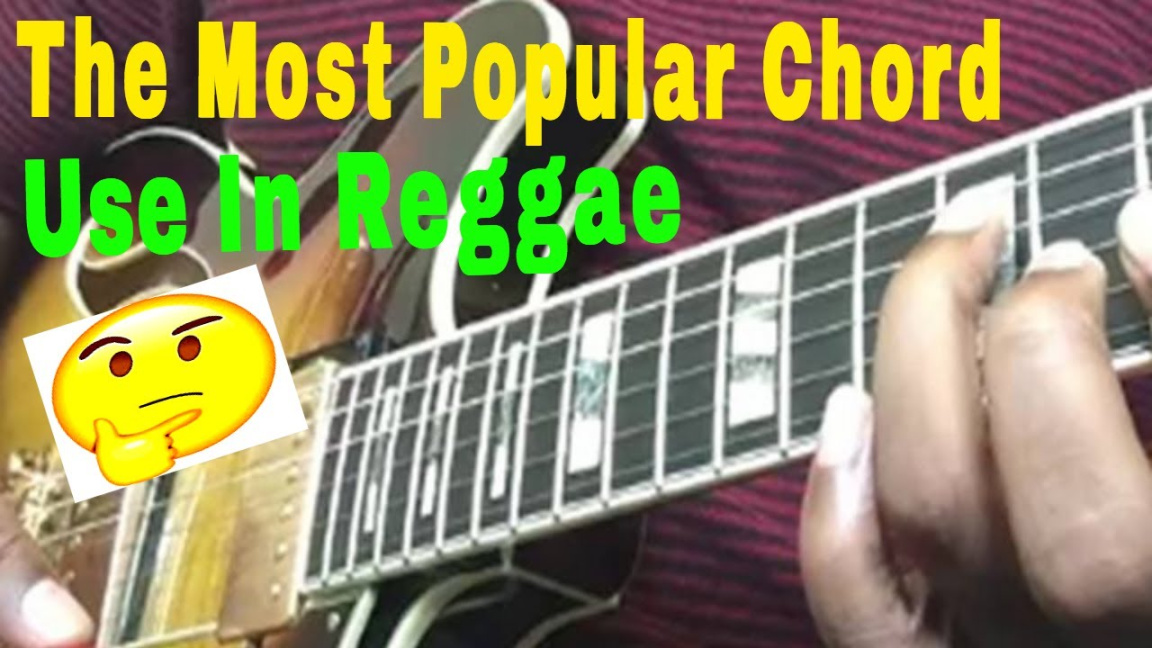Reggae Guitar Chord Progressions: Chill Vibes and Easy Rhythms
So, you wanna get that smooth, laid-back reggae sound on your guitar? It’s all about the chords, man. Reggae’s got this super chill vibe, and a lot of it comes from the simple, repetitive progressions that create that hypnotic groove. We’re not talking shredding solos here, more like the steady heartbeat of a sunny afternoon.
The Basic Reggae Feel: I-IV-V
Let’s start with the absolute basics. The I-IV-V progression is like the bread and butter of reggae. Think of it as the foundation. In the key of C, that’s C-F-G. In G, it’s G-C-D. These are your major chords, and they just sound right together.
Why This Works

The I-IV-V is classic for a reason. It’s got that natural, resolving sound that’s easy on the ears. Reggae takes it and stretches it out, giving it that space to breathe. You’re not rushing through the chords; you’re letting them hang in the air.
Adding the Minor Touch: I-ii-IV-V
To get a bit more soulful, you can throw in a minor chord. The I-ii-IV-V progression is a common one. In C, it’s C-Dm-F-G. The ii chord, in this case D minor, adds a touch of melancholy without losing the overall groove.
How to Use It
This progression is great for those more introspective reggae tunes. It’s got that slight edge that adds depth to your music. Don’t be afraid to experiment with the timing and rhythm to make it your own.
The One Drop Rhythm: The Heart of Reggae
Now, it’s not just the chords, it’s how you play them. The “one drop” rhythm is super important. You’re emphasizing the second and fourth beats of the bar, not the first and third like in most other genres. This gives reggae its distinctive skank.
Getting the Skank Right
Imagine you’re playing a simple C chord. Instead of strumming on every beat, you’re hitting it on the off-beats. It’s like a little hiccup in the rhythm that makes everything bounce. Keep your strumming hand loose, and let it flow.
The Importance of Chord Inversions
To add some variation, use chord inversions. Instead of just playing a C chord in its standard position, try playing it higher up the neck. This adds a different flavor and helps you avoid sounding too repetitive.
Why Inversions Matter
Inversions let you create smoother transitions between chords. It’s all about keeping the bass line moving and avoiding those jarring jumps. Plus, it just sounds cool.
Adding Sevenths and Ninths: For Extra Flavor
For a richer, more complex sound, throw in some seventh and ninth chords. Cmaj7, Dm7, G7, and so on. These chords add a jazzy touch that works really well in reggae.
How to Use Them
Don’t overdo it. A well-placed seventh or ninth chord can add a lot of depth, but too many can make your progression sound cluttered. Use them sparingly, and let them shine.
The Role of the Bass Line
Remember, reggae isn’t just about the guitar. The bass line is crucial. It often mirrors the guitar chords, but with its own rhythmic variations. The bass provides the foundation that lets the guitar shine.
Working with the Bass
If you’re playing with a bassist, make sure you’re both on the same page. The guitar and bass should complement each other, not clash. It’s a team effort.
Keeping it Simple: The Reggae Ethos
Reggae is all about simplicity. Don’t try to overcomplicate things. Stick to basic chords, focus on the rhythm, and let the music breathe. Less is often more.
Why Simplicity Works
The simplicity of reggae allows the message to come through. It’s about feeling the music, not just hearing it. Keep your progressions simple, and let the groove do the talking.
Experimentation and Personal Style
Ultimately, reggae is about expressing yourself. Don’t be afraid to experiment with different chord progressions and rhythms. Find what feels right to you, and develop your own style.
Finding Your Voice
Listen to your favorite reggae artists and pay attention to their chord progressions. But don’t just copy them. Use them as inspiration to create your own unique sound.
Conclusion:
Reggae guitar chord progressions are all about creating a chill, laid-back vibe. Stick to simple progressions like I-IV-V and I-ii-IV-V, master the one drop rhythm, and don’t be afraid to experiment with inversions and sevenths. Remember, less is often more, and it’s all about feeling the music. The bass is your friend, and helps make the reggae groove complete. Let the music flow, and you’ll be creating those sweet reggae sounds in no time.

